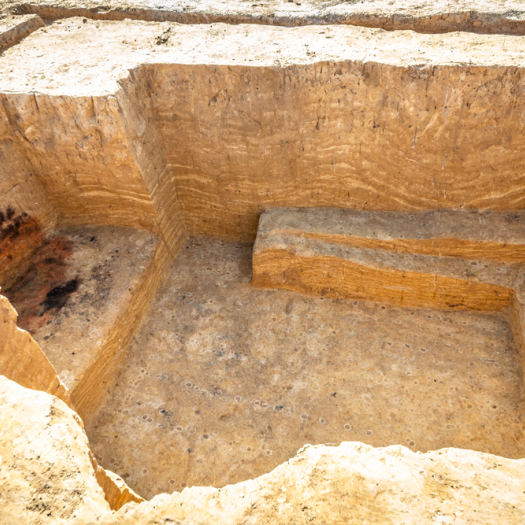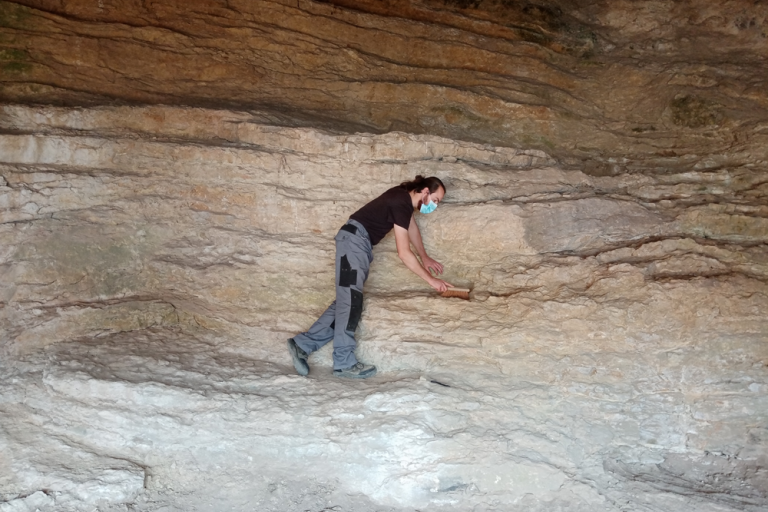Hello-Laprérie Germain

Abris fossoyé du camp de 1745 - Ninove Doorn Noord


Abris fossoyé du camp de 1745 - Ninove Doorn Noord
Impact des conflits sur les forêts en Europe. Première application de l’anthracologie sur des camps militaires modernes, du XVIIème au début du XIXème siècle
Encadrement : Cécile CALLOU (Archéozoologue, MNHN-UMR7209), Aurélie SALAVERT (Archéobotaniste, MNHN-UMR7209) et Koen DEFORCE (Archéobotaniste, Ghent University, Belgique)

Nettoyage de la caverne, Cabrera

Baraque des officiers de la 5e compagnie du 1er bataillon, baraque 183, Etaples (fouilles Inrap, Hauts-de-France)

Abris fossoyé du camp de 1745 - Ninove Doorn Noord
This thesis project aims to better understand the management practices of wood resources during war periods and the impact of conflicts on forests, based on the taxonomic identification of charcoal from archaeological excavations of military camps discovered in Belgium (Ninove-Doorn Noord:1692-1693 and 1745; Lanaken-Europark: 1748; Hooglede, Honzebrouckstraat: 1794), in Netherlands (Utrecht-Austerlitz: 1804-1806) and in France (Etaples : 1803-1805). Forests played a major role in military strategies Moreover, this project aims to present a state of the art of forest biodiversity over two centuries in northern continental Europe. A study window will also be opened in the Mediterranean island environment on the prison island of Cabrera, in the Spanish archipelago of the Balearic Islands, whose terrestrial and maritime heritage has been protected for 30 years.